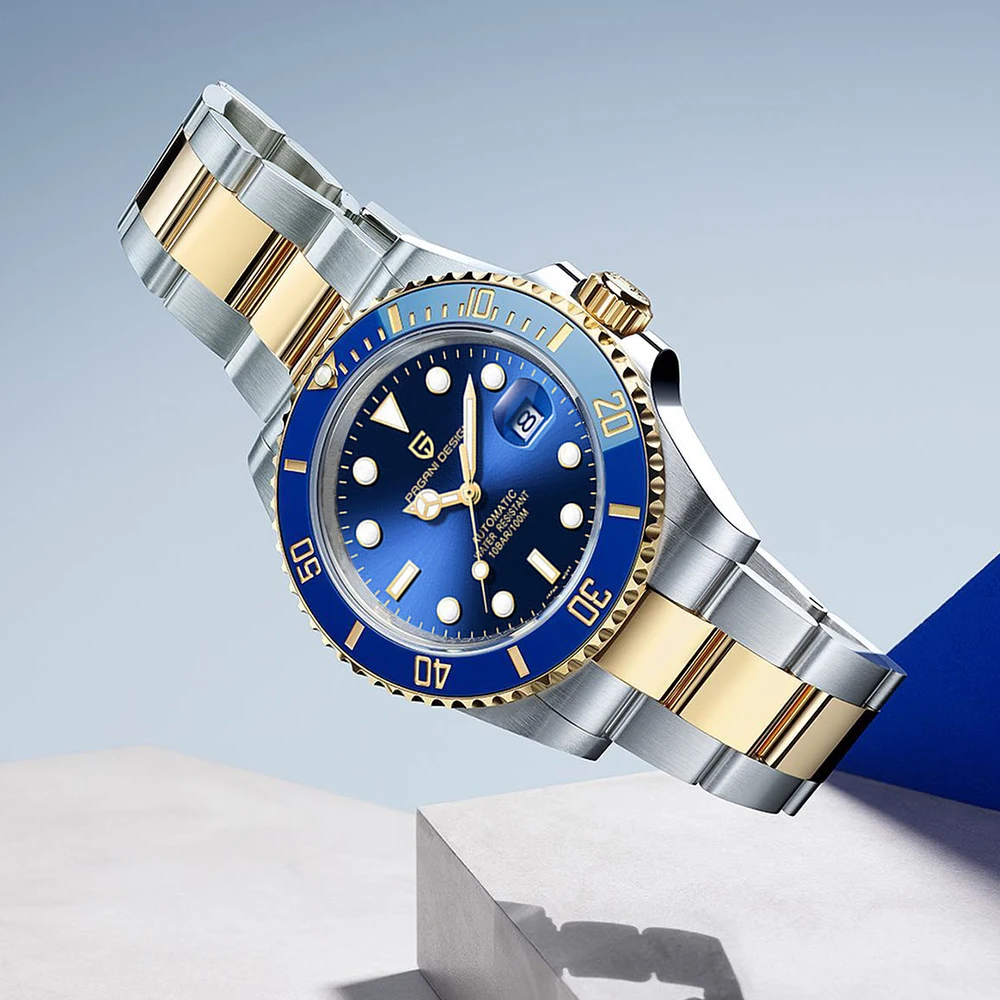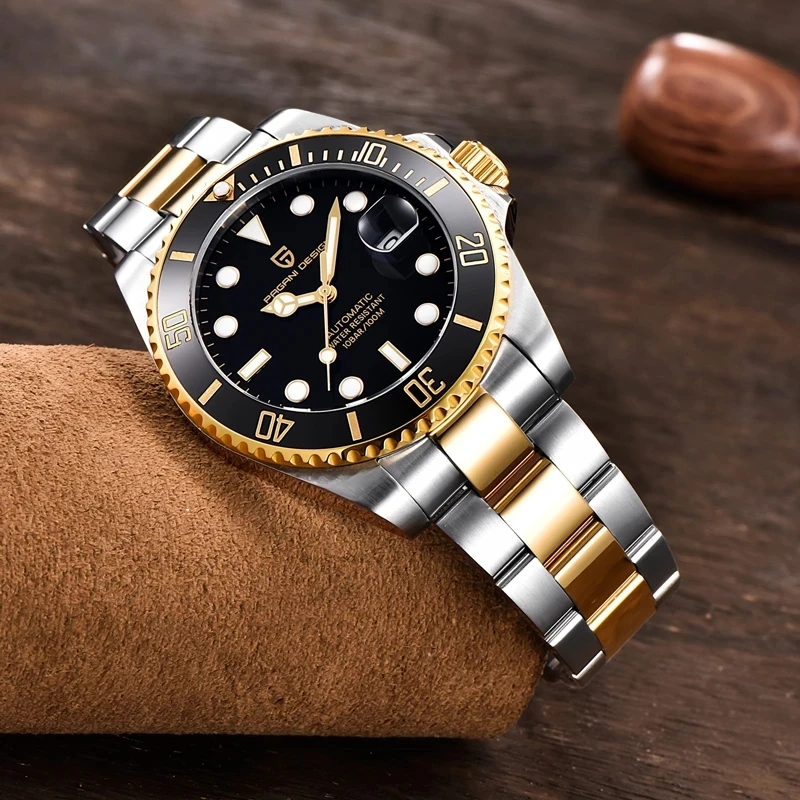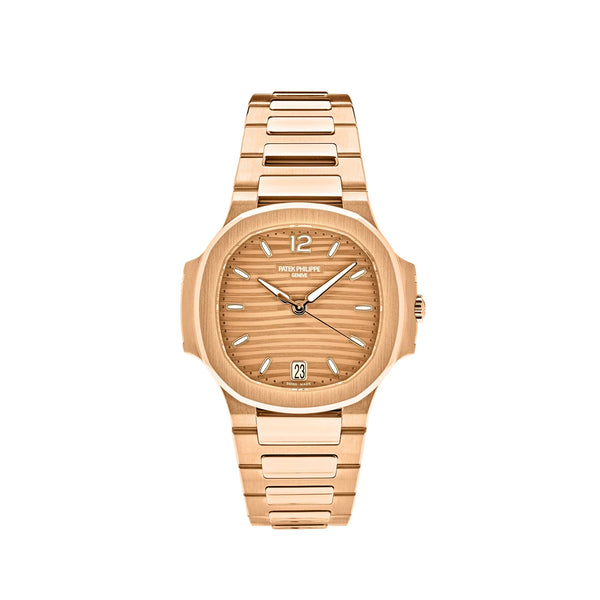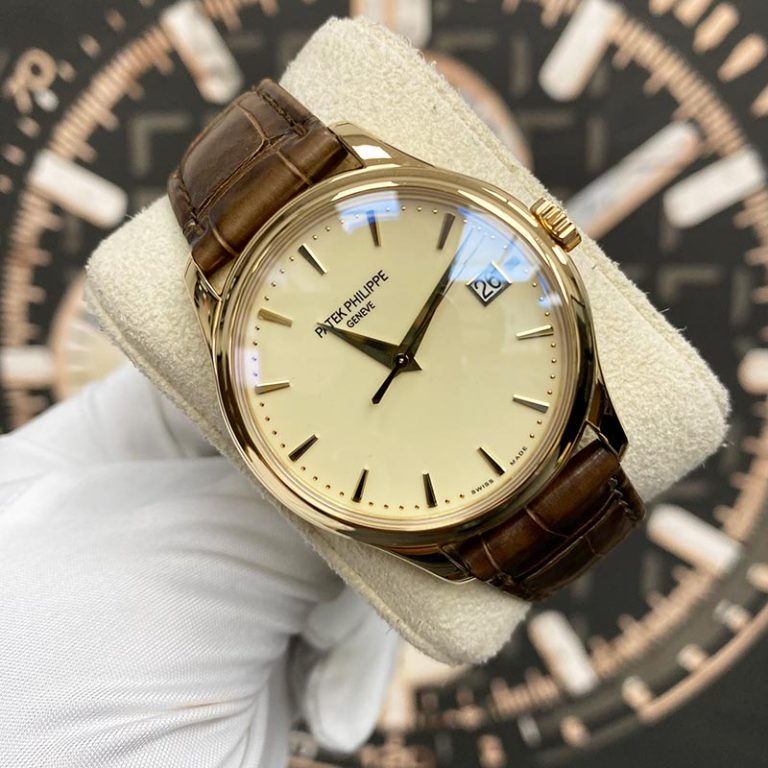Automatic watch is a blend of timeless craftsmanship and sophisticated engineering. They represent a deep tradition in horology, offering a connection to past watchmaking while integrating modern advancements. In this article, we will explore the history of automatic watches, their mechanisms, benefits, how to choose one, and how to maintain it. This comprehensive guide will help you appreciate the elegance and functionality of these extraordinary timepieces.
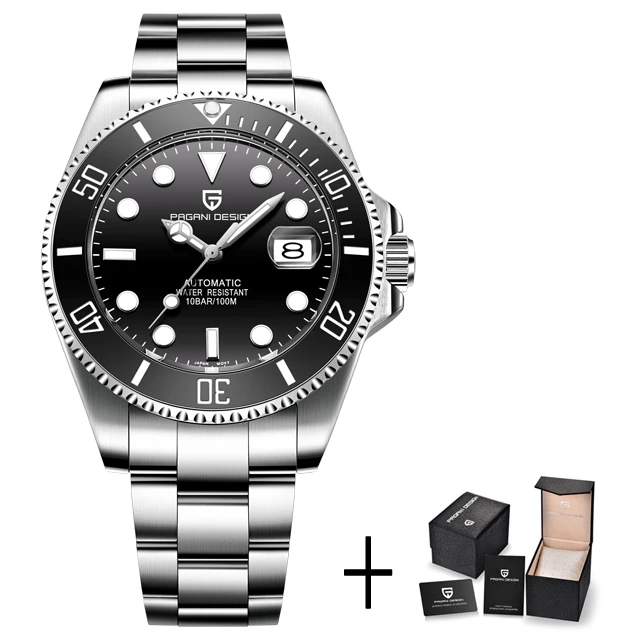
The History of Automatic Watches
Early Beginnings: The Advent of Automatic Movements
Automatic watches, also known as self-winding watches, have a fascinating history. Their roots stretch back to the early 20th century, when the need for more reliable and convenient timepieces led to the creation of automatic movements. The concept was simple but revolutionary: harnessing the motion of the wearer’s wrist to wind the watch’s mainspring, eliminating the need for manual winding.
The journey began in the 1920s with the work of John Harwood. Harwood, a British watchmaker, is often credited with developing the first successful automatic watch. His design featured a rotor, a semi-circular piece that spins as the wearer moves. This rotor wound the mainspring, which stored energy to power the watch. Harwood’s design was a breakthrough in watchmaking and paved the way for future innovations.
Evolution Through the Decades
As the years passed, automatic watches evolved significantly. In the 1950s and 1960s, advancements in materials and technology enhanced their accuracy and durability. Major watch brands like Rolex, Omega, and Patek Philippe began producing automatic watches that combined precision with style. These brands introduced features such as improved rotors and better escapement mechanisms, making automatic watches more reliable and popular.
The late 20th century saw further innovations in automatic watch technology. Modern automatic watches benefit from advancements like synthetic lubricants and new materials such as ceramic and titanium. These improvements increase the watch’s longevity and performance. Contemporary watchmakers also incorporate complex features like chronographs and moon phases, showcasing the blend of traditional craftsmanship with modern technology.
The Mechanics Behind Automatic Watches
Understanding the Movement
Automatic watches operate through a complex system of gears, springs, and rotors. At the heart of this system is the rotor, which spins with the wearer’s wrist movements. The rotor is connected to the mainspring, a coiled spring that stores energy. As the rotor turns, it winds the mainspring, which powers the watch.
The energy from the mainspring is regulated by the escapement mechanism. The escapement controls the release of energy in precise intervals, ensuring accurate timekeeping. This mechanism consists of two main components: the pallet fork and the escape wheel. The pallet fork engages with the escape wheel, allowing the watch to tick at regular intervals.
Another crucial part of the mechanism is the balance wheel. The balance wheel oscillates back and forth at a constant rate, ensuring the watch keeps accurate time. The gear train then transmits energy from the mainspring to the watch’s hands, moving them at the correct speed.
The Benefits of Mechanical Timepieces
Automatic watches offer several advantages over quartz watches. First, they do not require batteries. Instead, they rely on mechanical movements to function, making them more environmentally friendly. The absence of batteries also means that automatic watches often last longer and can be passed down through generations.
Another benefit is the craftsmanship involved in making automatic watches. Each timepiece is a marvel of engineering, with intricate movements and high-quality materials. Enthusiasts value the skill and artistry that go into creating these watches. For many, wearing an automatic watch is a way to appreciate traditional watchmaking and the mechanical genius behind it.
Automatic watches also have a certain prestige and appeal. Brands with a long history in horology, like Rolex and Patek Philippe, produce automatic watches that are highly sought after by collectors. These watches often hold their value well and can become cherished heirlooms.
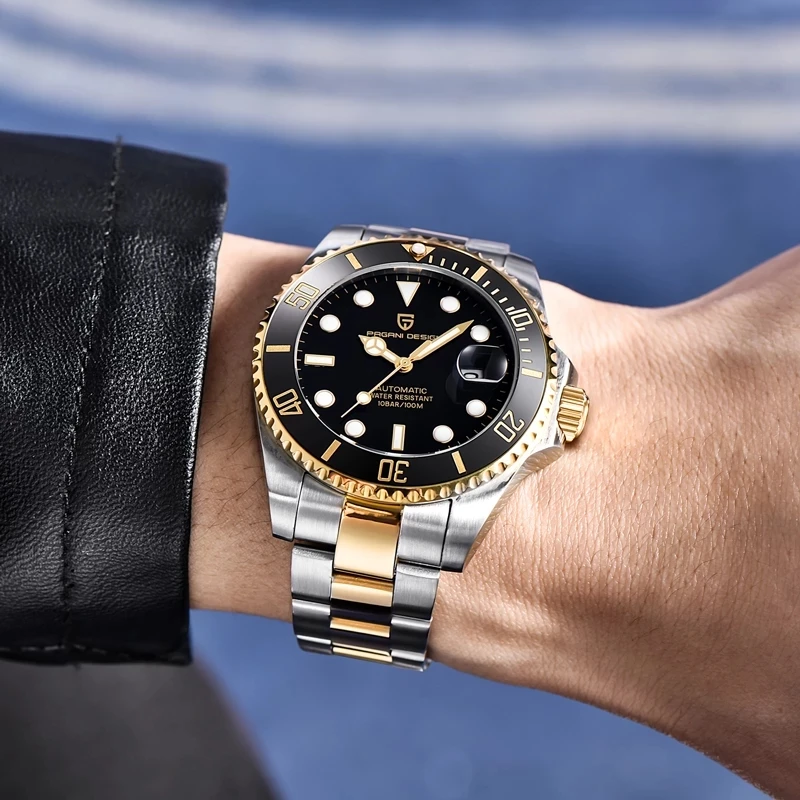
Choosing the Right Automatic Watch
Factors to Consider
Selecting the right automatic watch involves several considerations. The first is the watch’s movement. High-quality movements come from reputable brands and often offer better accuracy and reliability. When choosing a watch, look for well-known movements from brands like Rolex, Omega, or Seiko. These brands have a reputation for producing robust and precise movements.
Another important factor is the design of the watch. Automatic watches come in various styles, from classic and elegant to modern and sporty. Consider how the watch will fit with your personal style and wardrobe. Some watches have additional features, such as chronographs or moon phases, which can add functionality and aesthetic appeal.
Material is also crucial. Automatic watches are available in stainless steel, gold, titanium, and ceramic. Each material has its advantages. Stainless steel is durable and versatile, while gold offers a luxurious look. Titanium is lightweight and strong, and ceramic is scratch-resistant and sleek. Choose a material that suits your lifestyle and preferences.
Budget and Brand Considerations
Your budget will greatly influence your choice of an automatic watch. Prices range from affordable to high-end luxury. Determine how much you are willing to spend before starting your search. While luxury brands like Rolex and Patek Philippe are highly regarded, there are also excellent options from other brands that offer great quality at more accessible prices.
The brand’s reputation and the watch’s resale value are also important. Established brands often have a strong following and hold their value well. However, many lesser-known brands also produce high-quality watches that are worth considering. Research different brands and read reviews to find a watch that offers the best value for your money.
Maintaining Your Automatic Watch
Regular Care and Servicing
Maintaining an automatic watch is essential for ensuring its longevity and performance. Regular care includes cleaning the watch and its components to prevent dirt and debris from affecting its function. Use a soft, dry cloth to wipe the watch’s surface. Avoid exposing the watch to harsh chemicals or excessive moisture, which can damage its components.
Periodic servicing is also crucial. It is recommended to have your automatic watch serviced every 3 to 5 years. Servicing involves disassembling the watch, cleaning and lubricating the movement, and replacing any worn parts. Regular servicing helps prevent potential issues and ensures that the watch continues to perform accurately.
Servicing should be done by a professional watchmaker or a reputable service center. They have the expertise and tools needed to handle the intricate components of an automatic watch. Proper servicing not only maintains the watch’s accuracy but also helps preserve its value.
Storing Your Watch
Proper storage is important for maintaining the condition of your automatic watch. When not in use, store the watch in a cool, dry place. Avoid exposing it to direct sunlight or extreme temperatures, which can affect its performance and appearance. Consider using a watch box or a dedicated watch winder to keep the watch safe and preserve its charge.
A watch winder is a useful accessory for automatic watch owners. It keeps the watch’s movement running when not worn, ensuring that it remains accurately calibrated. This is especially beneficial if you own multiple watches and do not wear the automatic watch regularly. A watch winder can help maintain the watch’s precision and reduce the need for frequent manual winding.
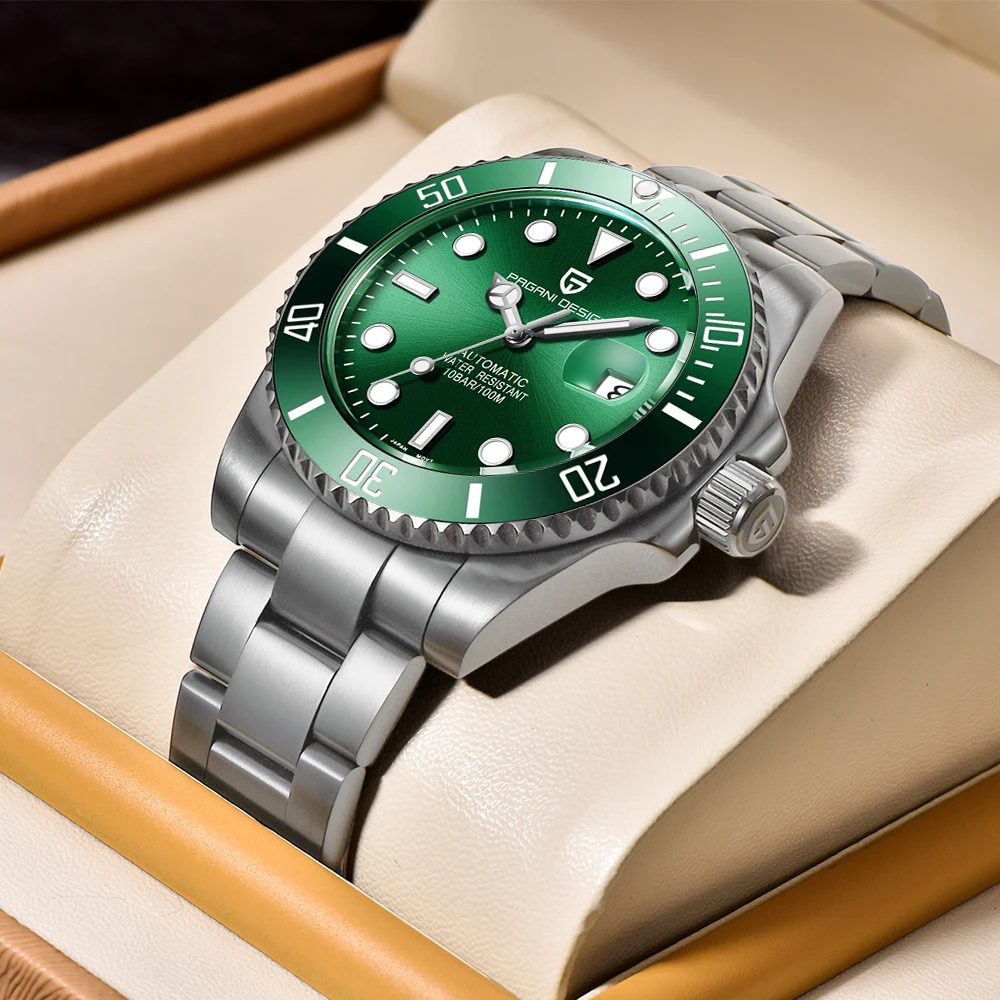
The Future of Automatic Watches
Innovations and Trends
The world of automatic watches is constantly evolving with new innovations and trends. Recent developments include the use of advanced materials such as carbon fiber and ceramic. These materials offer increased durability and unique aesthetics, making automatic watches both functional and stylish.
Modern watchmakers are also integrating contemporary features into traditional automatic movements. Some watches now include complications like GPS, Bluetooth connectivity, and advanced chronograph functions. These innovations blend traditional craftsmanship with modern technology, offering new levels of functionality and convenience.
Sustainability is another growing trend in the watch industry. Many brands are exploring eco-friendly materials and manufacturing processes to reduce their environmental impact. This includes using recycled metals, sustainable leather alternatives, and minimizing waste in production. The focus on sustainability reflects a broader awareness of environmental issues and a commitment to reducing the watch industry’s carbon footprint.
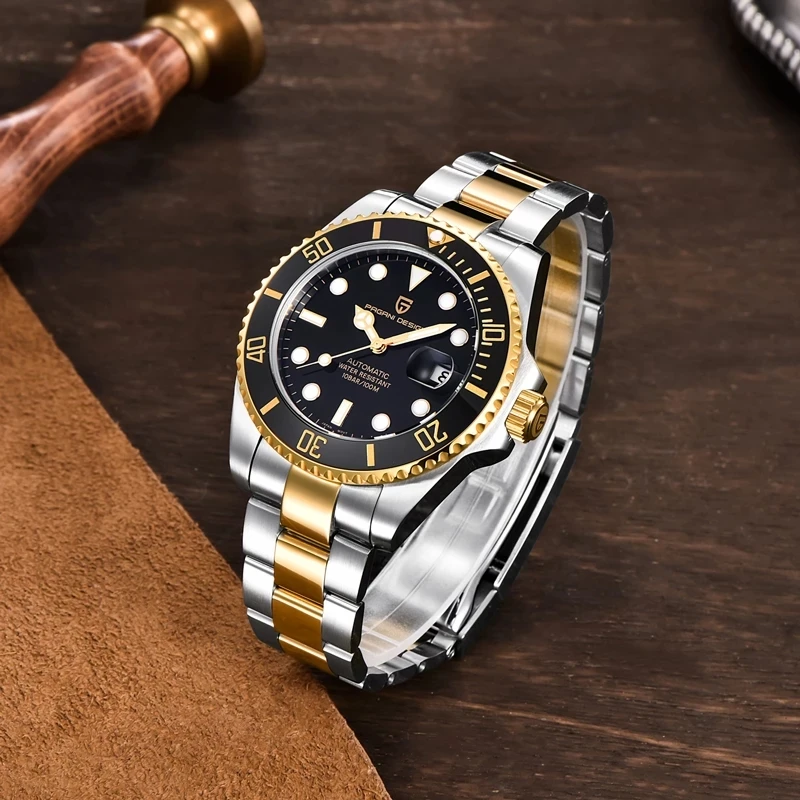
The Enduring Appeal of Automatic Watches
Despite the rise of quartz and smartwatches, automatic watches continue to captivate enthusiasts and collectors. Their mechanical complexity, timeless design, and the artistry involved in their creation contribute to their enduring appeal. Automatic watches are not just timekeepers; they represent a rich tradition of watchmaking and personal style.
As technology advances, the essence of automatic watches remains unchanged. They symbolize a perfect blend of art and engineering, celebrating the heritage of watchmaking while embracing modern innovations. Whether you are a seasoned collector or a newcomer, an automatic watch offers a unique experience that transcends time and technology.
